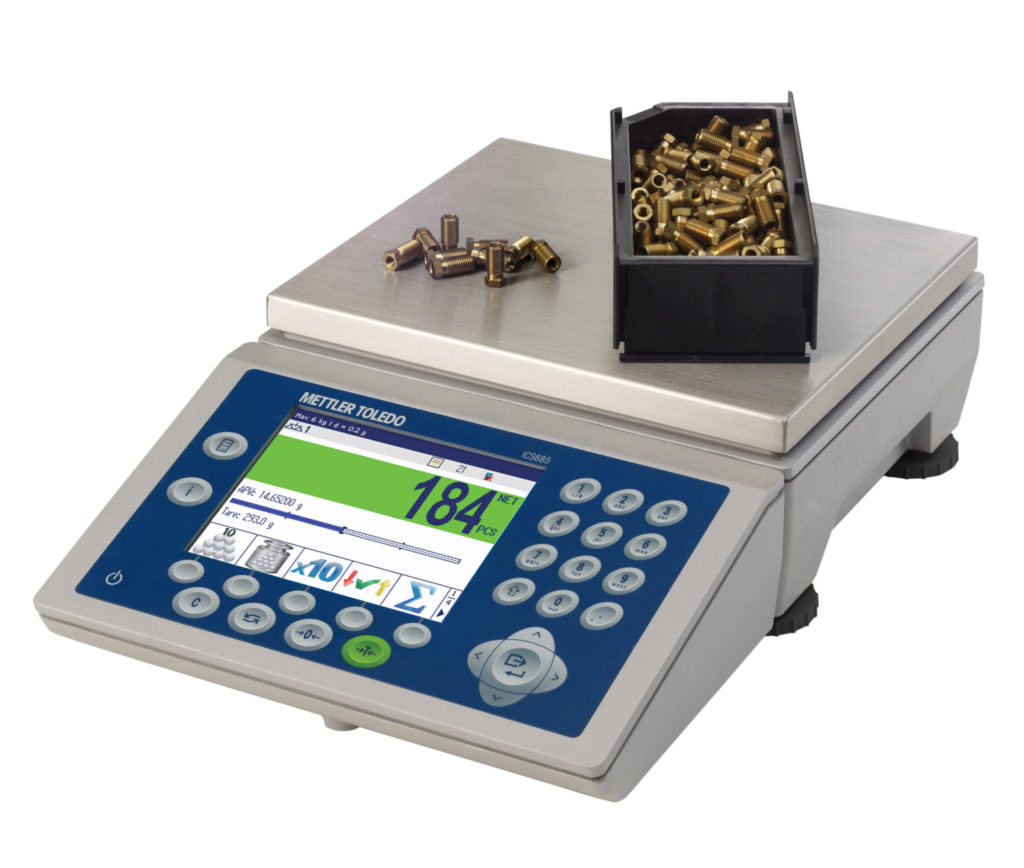Metrology Glossary: Count/Counts (Scales and Scale Systems)
What Are Count/Counts?
In the context of scales and scale systems, the term “count” or “counts” refers to the numerical value representing the quantity of time intervals that are accumulated by the dual-slope analog-to-digital converter (ADC). This numeric count is then visibly manifested as the reading indicated by the decimal point on the scale’s display. A higher numerical count directly correlates with a larger weight or mass being assessed by the scale. This relationship underscores the fundamental principle that the magnitude of the count mirrors the extent of the load or substance being gauged through the scale mechanism.
Why Are Count/Counts Used For?
- Quantifying Measurements: Count on scales provides a fundamental numerical representation, enabling precise measurement across various applications including manufacturing, retail, and scientific research.
- Dynamic Weight Tracking: Real-time count values from scales allow continuous monitoring of weight changes, ideal for applications such as packaging, chemical reactions, and livestock weighing.
- Inventory Management: Counting scales contribute to efficient inventory control by ensuring accurate stock counts, optimizing ordering, and streamlining production planning.
- Cost Calculations and Price Determination: Scales with precise count values assist in calculating product costs based on weight, ensuring accurate pricing for products sold by weight.
- Quality Control and Compliance: Scales play a vital role in quality control, ensuring products meet weight specifications and complying with regulatory standards.
- Data Analysis and Reporting: Count data from scales enables trend analysis, report generation, and integration with data management systems for informed decision-making.
- Automation and Integration: Count data supports automated processes, including controlling filling machines, triggering alerts for weight deviations, and integrating with manufacturing execution systems for real-time monitoring.

Related Terms
Average piece weight (APW) indicates the mean of the weight carried by each individual item within a specified set of items....
A checkweigher functions as an automated or manual device used for gauging the weight of packaged goods, verifying their conformity with predetermined weight parameters....
A counting scale is a tool capable of automatically recording the quantity of individual objects positioned on it by gauging their mass....
Further Reading

Is your task repetitive? Is it dirty, dull or dangerous? What are your operating hours? Take a look at our top reasons for investing in a collaborative robot and see how our automation team can help you increase efficiency and reduce risk in your process.
August 29, 2019




